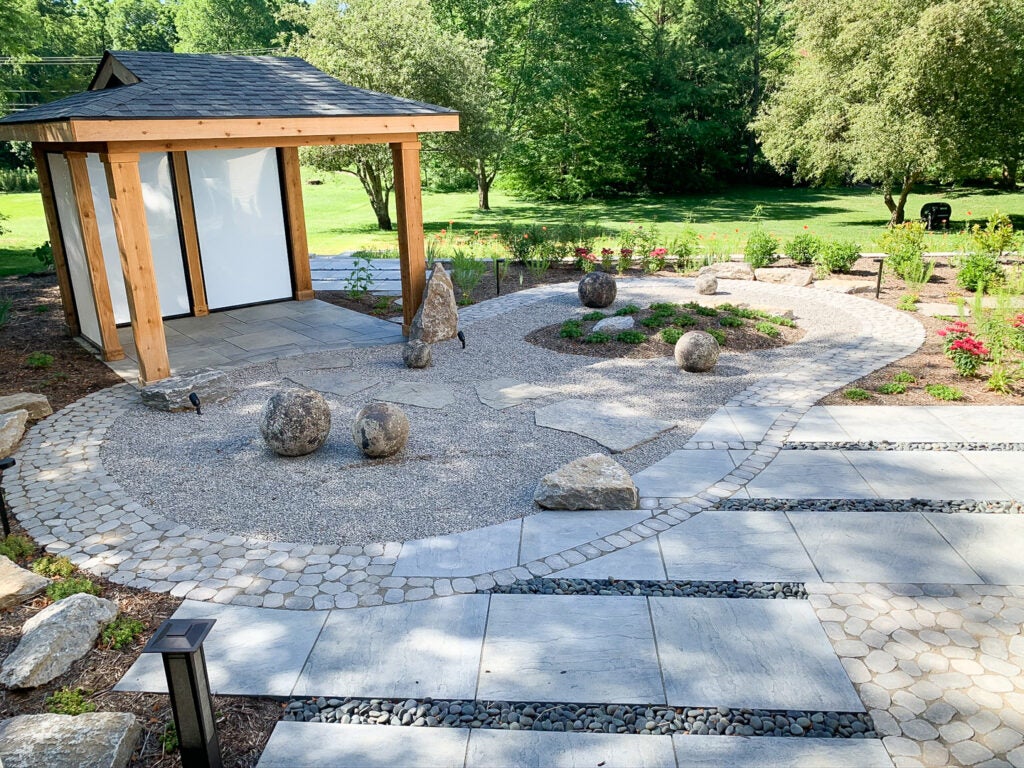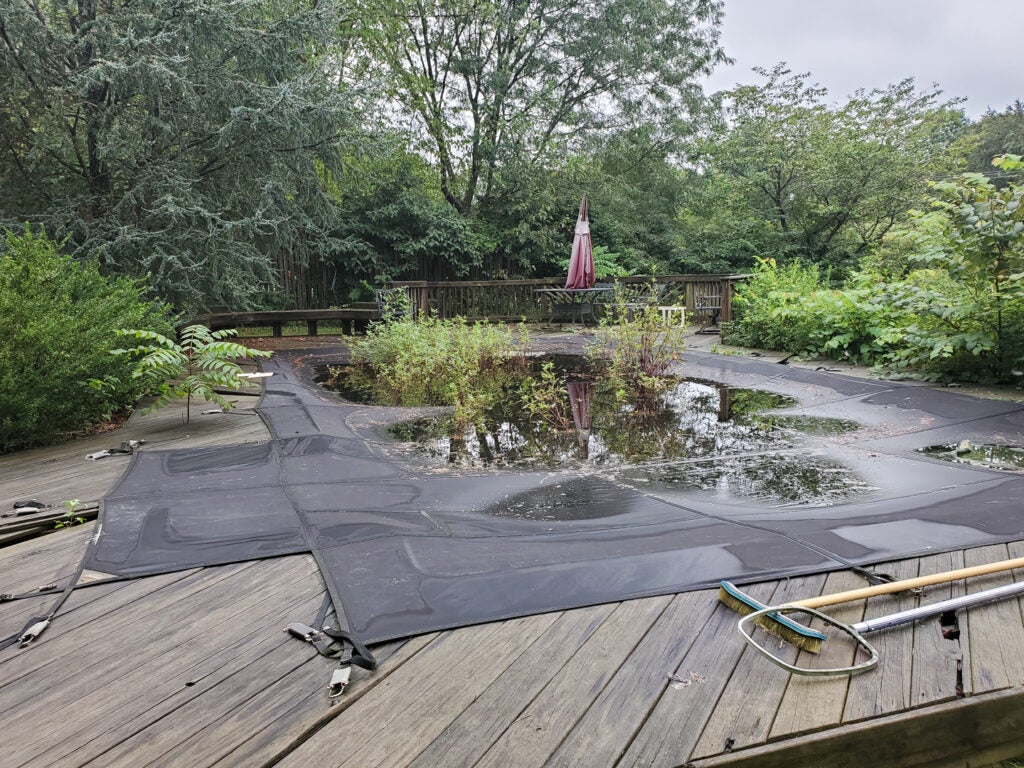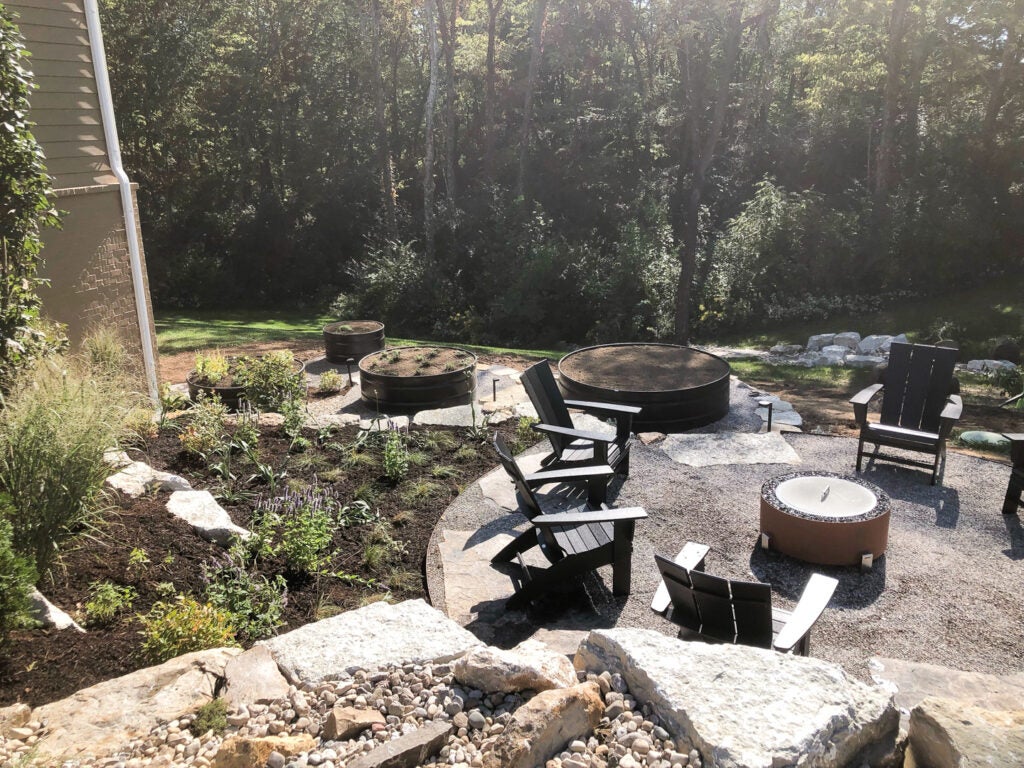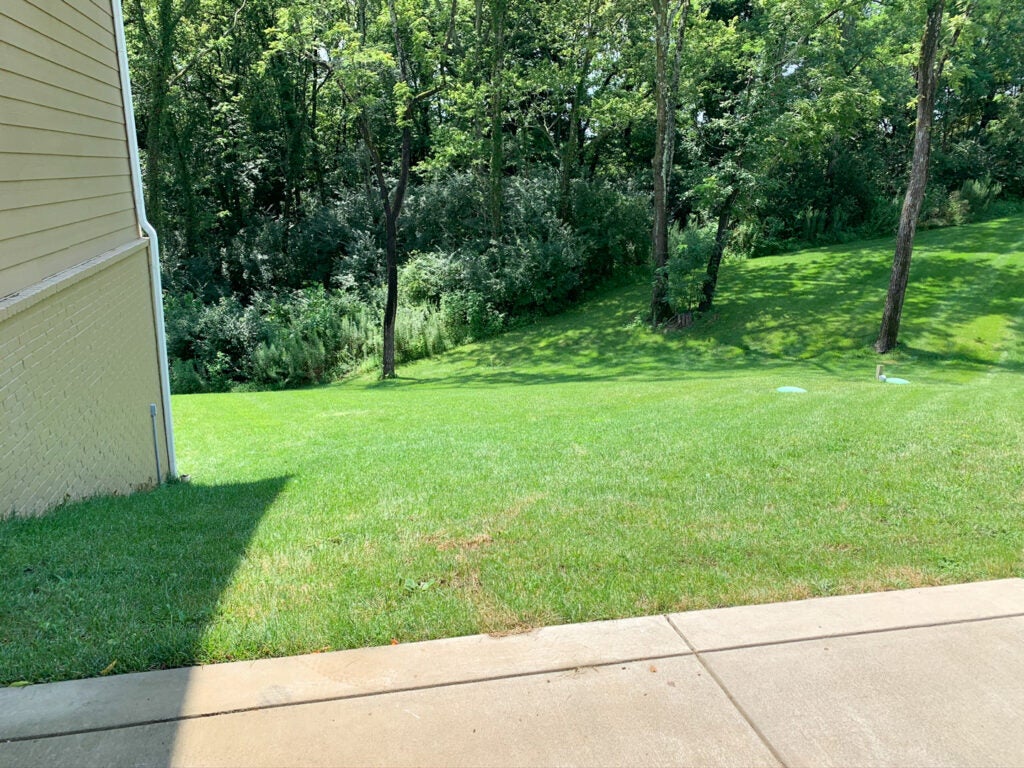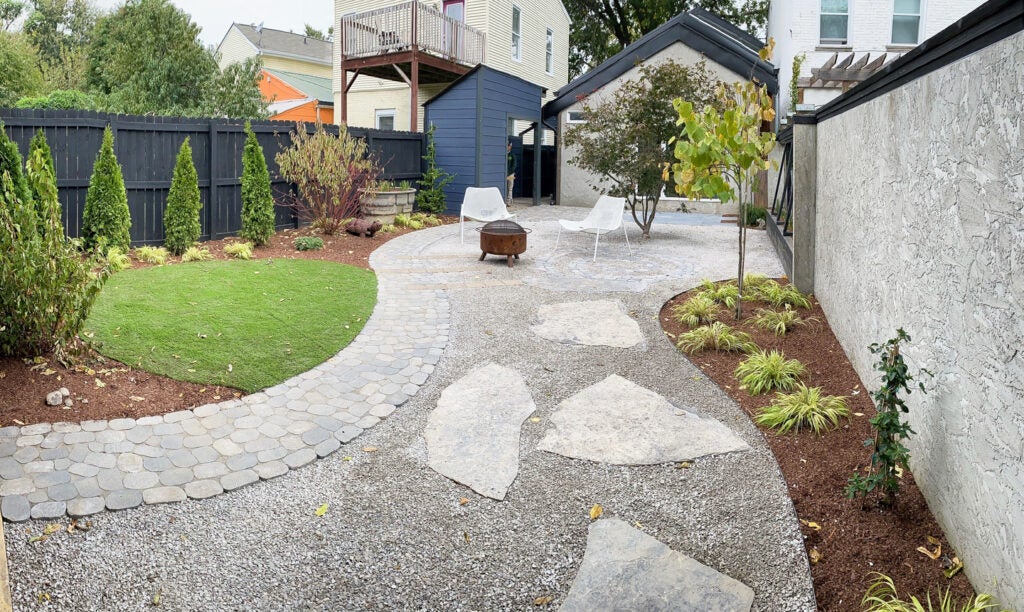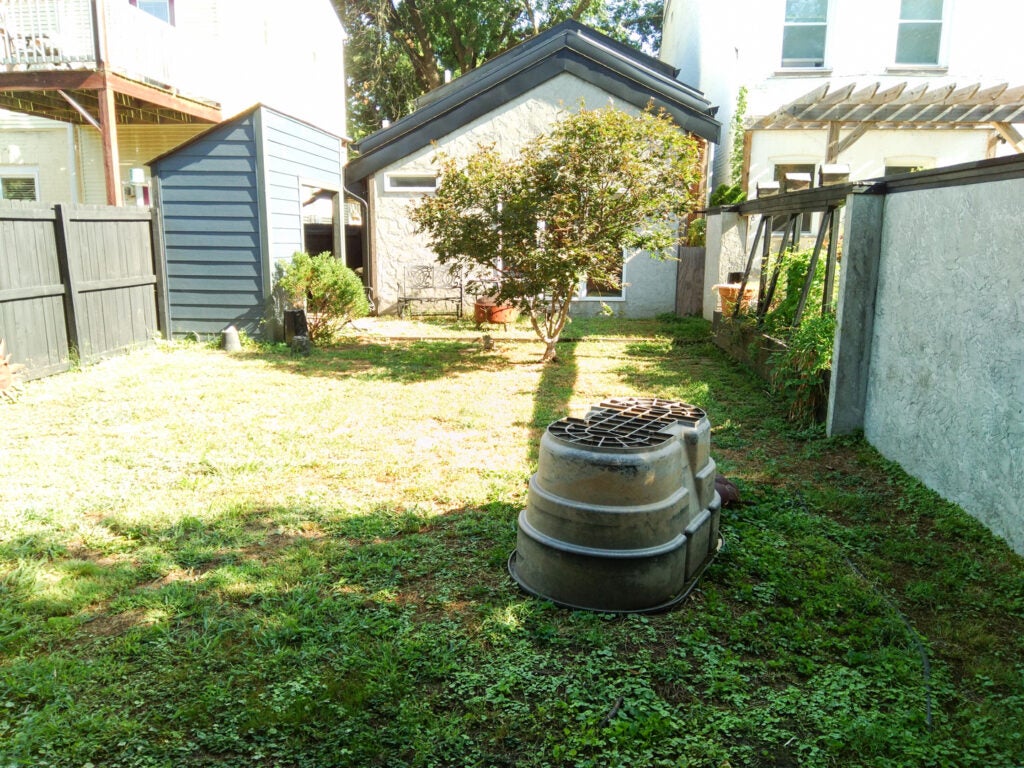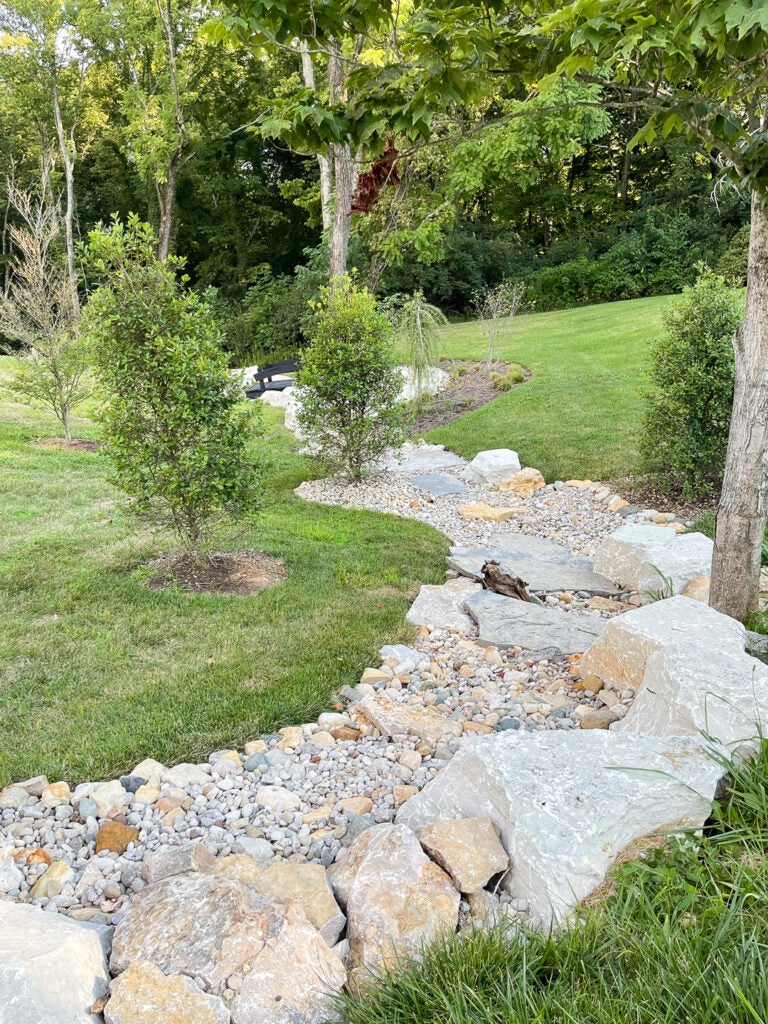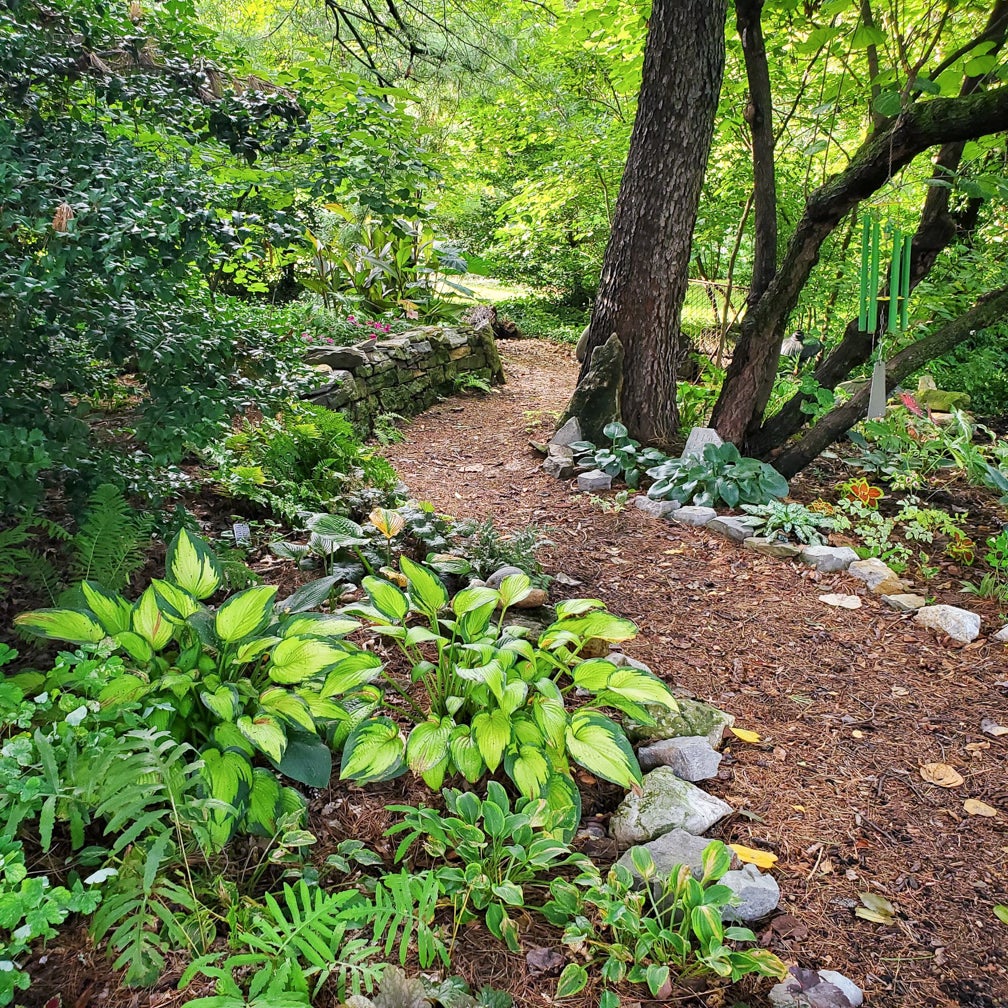and Becky Gatewood
According to the National Association of Realtors, 94% of realtors recommend that their clients improve the curb appeal of their home prior to listing it for sale. This speaks a lot about what sells, but also about the importance of aesthetics in general.
Oftentimes first impressions are based on exterior appearance. Just like walking into someone’s home for the first time or meeting a blind date, approaching the exterior of a home or business can set the tone for a casual visit or even a potential business deal. Hardscaping is a useful tool not only for creating surfaces or solving erosion problems, but also for setting the stage at a home or business.
Hardscaping projects that increase livable, usable space have an average return on investment of 20-30%. Hardscapes, such as patios, walkways, and decks, are in the top four projects that add value for a good return on money spent (according to Realtors®), with patios having an average 54.9% ROI.
The other three are landscape upgrades, lawn care service and landscape management. Creating an appealing backdrop to our home is not just about resale value or what the neighbors think, it is very tied to our personal happiness as well.
Every day you pull into your driveway, walk to your mailbox or look out your window, the view you see affects your overall psyche. Whether it is “those blooms on my grandmother’s hydrangea make me so happy” or “I really need to patch the crumbling sidewalk before someone trips,” those thoughts play a part in our general mood.
New hardscaping in general adds appeal to a home or business because it is an attractive surface that typically draws the eye ahead. It provides a quick map for the eye to follow, removing any guesswork on proceeding forward. Sidewalks, walls, even boulders and sculptural features, work to define the use of space, as well as set the tone.
Defining use of space is important in many situations from large yards with multiple areas of use to very small yards that still pack in a lot of activity. Using different types of surfaces from crushed stone to individual stones or slabs helps create purposeful spaces — when designed properly the combination provides a variety of textures that also is pleasing to the eye.
Just because hardscapes have so many everyday uses, doesn’t mean that they have to be used in everyday ways. Something as simple as a drainage ditch can be turned into a landscape feature if the right materials and design are used. Dry creek beds are just one alternative to boring concrete-lined ditches.
Various sized stones are placed to direct water much like a natural creek bed. Landscaping and other elements can be added along the edges to naturalize the area even more. Using hardscapes in this way allows us to turn the mundane into something worth celebrating. You may find yourself installing landscape spotlighting along that “ditch” someday!
When selling your home, improvements to the outdoor space are often seen as adding an extension to the house. Potential buyers may be able to see themselves using the additional space or better yet, see it as one less project to tackle on their own.
If you aren’t selling, curb appeal and the overall exterior areas of your home are still important for your own satisfaction. Just like coming home to a tidy house after vacation makes the transition back to reality a little easier, having nicely designed and useful outdoor space in your own yard feels rewarding.
Sources for this article included https://cdn.nar.realtor/sites/default/files/documents/2018-05-remodeling-impact-outdoor-features-05-23-2018.pdf and https://www.supermoney.com/average-return-investment-hardscaping/.
